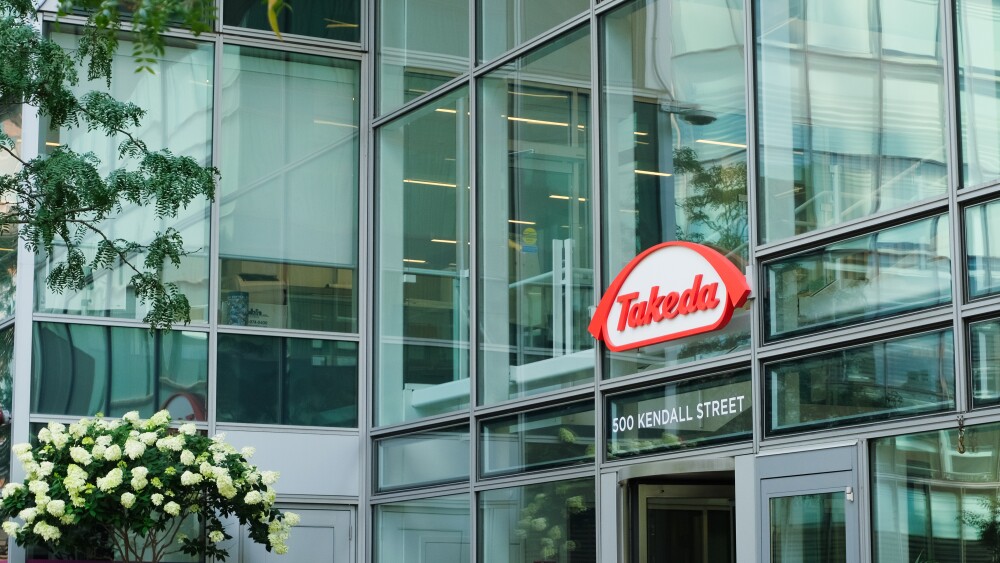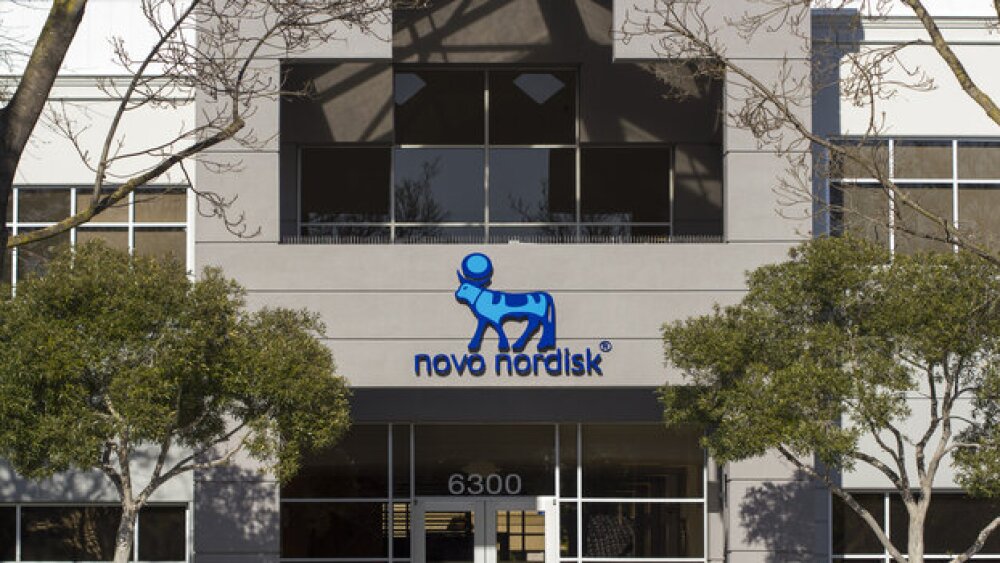The adjusted guidelines will provide drugmakers with more opportunities to engage with the Centers for Medicare and Medicaid Services regarding the initial maximum fair price offers, according to the agency.
The Centers for Medicare and Medicaid Services on Wednesday updated the rules for the second round of its drug price negotiation program mandated by the Inflation Reduction Act.
Under the final guidance, CMS will meet with the pharma companies before making its initial maximum fair price offers, allowing the drugmakers one additional optional meeting before the deadline for their respective counter offers. The companies will then have two other meetings to negotiate with the government.
“What we plan to do is have meetings with manufacturers before CMS actually sends an initial offer,” an agency official said in a press call Wednesday, according to Reuters. “But then once we have done an initial offer, we will have a first optional negotiation meeting with the manufacturer earlier than we did this past year.”
With these changes, according to the official, CMS will provide the companies an opportunity to engage with the agency regarding the initial price offer, while also potentially encouraging “some early thinking from the manufacturer themselves around how they might do a counteroffer.”
Aside from adjustments to the negotiation timeline, CMS is implementing several other changes to the program, including “up to 15 patient-focused roundtable events, organized by condition when applicable,” according to its notice. The agency will also hold one town hall meeting with clinicians.
The next round of the drug price negotiations is set to start on Feb. 1, 2025, when CMS is due to name up to 15 drugs selected for the program. The new prices under the second negotiation round will take effect in 2027.
In August 2024, CMS released the final negotiated prices for the first 10 drugs subject to Medicare drug negotiations. At the time, the Biden administration touted that the savings would amount to $6 billion just in its first year of implementation in 2026.
Analysts and stakeholders are skeptical, however, pointing out that many of the selected prescription medicines were already being sold far below their list prices due to various discounts and rebates. A report from the public policy nonprofit Brookings Institution showed more than half of the savings from the first round of negotiations will come from just three drugs.






